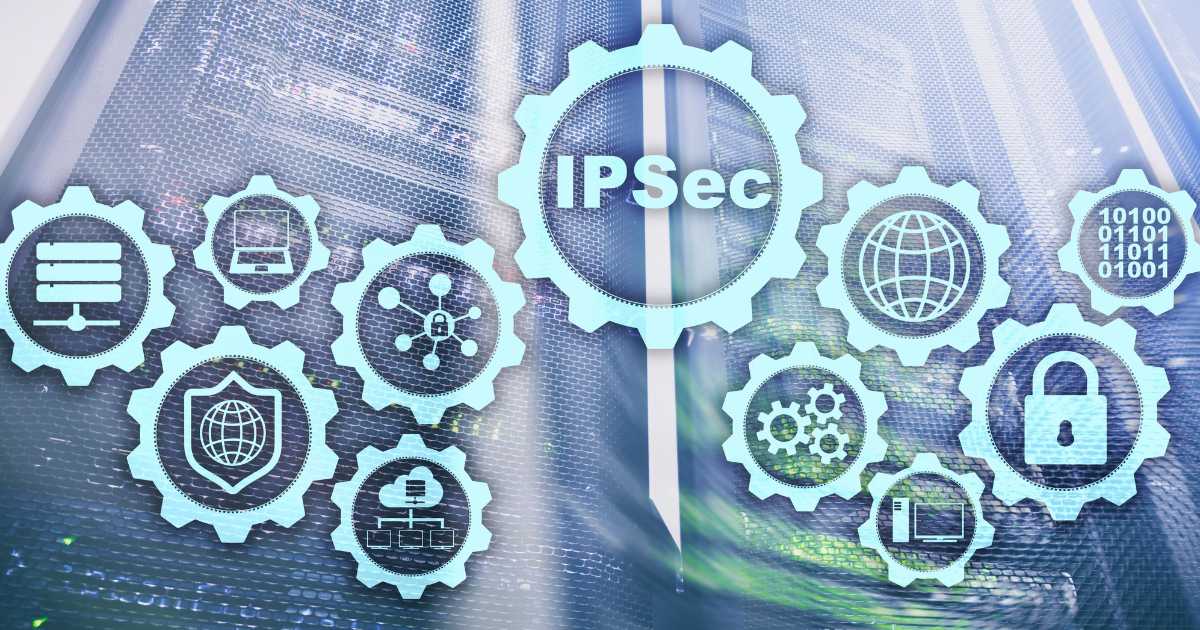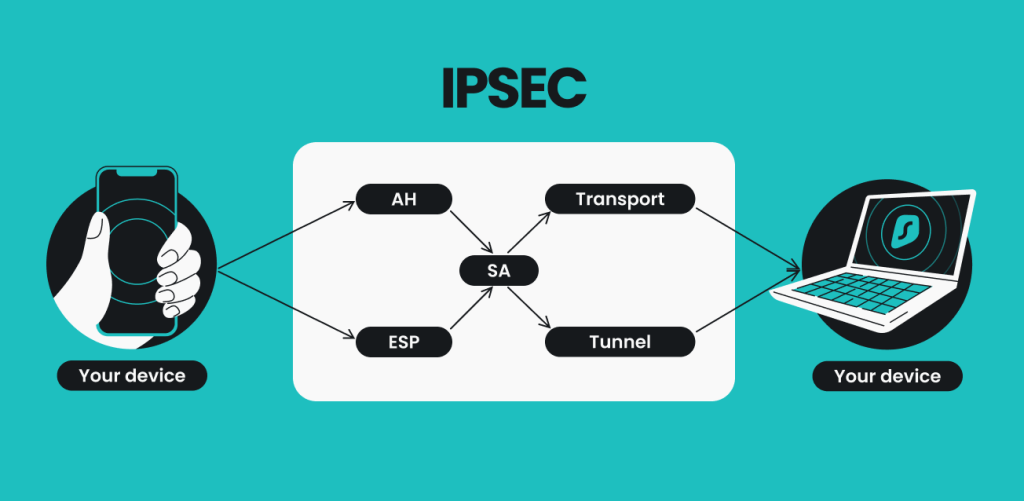Featured
Table of Contents
What Is Ipsec And How Ipsec Does The Job Of Securing ...
IPsec confirms and encrypts data packages sent over both IPv4- and IPv6-based networks. IPsec protocol headers are found in the IP header of a packet and define how the data in a package is handled, including its routing and delivery across a network. IPsec adds a number of elements to the IP header, including security details and one or more cryptographic algorithms.

ISAKMP is specified as part of the IKE procedure and RFC 7296. It is a framework for essential facility, authentication and negotiation of an SA for a safe and secure exchange of packets at the IP layer. In other words, ISAKMP defines the security parameters for how 2 systems, or hosts, communicate with each other.
They are as follows: The IPsec procedure begins when a host system acknowledges that a packet requires security and needs to be transmitted using IPsec policies. Such packets are thought about "fascinating traffic" for IPsec purposes, and they set off the security policies. For outgoing packages, this means the appropriate encryption and authentication are applied.
Ipsec Vpn Concepts
In the 2nd step, the hosts utilize IPsec to negotiate the set of policies they will use for a protected circuit. They also confirm themselves to each other and set up a safe and secure channel between them that is used to work out the way the IPsec circuit will secure or authenticate data sent out throughout it.

A VPN basically is a personal network carried out over a public network. VPNs are commonly used in businesses to enable workers to access their corporate network remotely.
Generally used in between safe network gateways, IPsec tunnel mode makes it possible for hosts behind one of the gateways to interact firmly with hosts behind the other entrance. For instance, any users of systems in a business branch workplace can safely link with any systems in the primary office if the branch office and primary office have safe gateways to function as IPsec proxies for hosts within the particular offices.
Ipsec Configuration - Win32 Apps
IPsec transportation mode is utilized in cases where one host requires to connect with another host. The two hosts work out the IPsec circuit directly with each other, and the circuit is usually torn down after the session is complete.
With an IPsec VPN, IP packets are protected as they take a trip to and from the IPsec gateway at the edge of a personal network and remote hosts and networks. An SSL VPN secures traffic as it moves in between remote users and an SSL gateway. IPsec VPNs support all IP-based applications, while SSL VPNs only support browser-based applications, though they can support other applications with custom development.
See what is finest for your company and where one type works best over the other.
Ipsec Vpn Explained - How Ipsec Works - Ipsec Vs Ssl
Each IPsec endpoint verifies the identity of the other endpoint it desires to interact with, ensuring that network traffic and data are just sent to the intended and permitted endpoint. In spite of its fantastic energy, IPsec has a couple of problems worth discussing. First, direct end-to-end communication (i. e., transmission technique) is not always available.
The adoption of numerous regional security guidelines in large-scale distributed systems or inter-domain settings might posture serious issues for end-to-end interaction. In this example, assume that FW1 requires to check traffic content to detect invasions and that a policy is set at FW1 to deny all encrypted traffic so regarding implement its content assessment requirements.
Users who use VPNs to from another location access a private company network are put on the network itself, providing the very same rights and functional abilities as a user who is connecting from within that network. An IPsec-based VPN may be produced in a range of ways, depending on the requirements of the user.
Ipsec Troubleshooting And Most Common Errors
Due to the fact that these parts might stem from different providers, interoperability is a must. IPsec VPNs make it possible for smooth access to business network resources, and users do not always require to use web gain access to (gain access to can be non-web); it is for that reason a solution for applications that require to automate interaction in both ways.
Its structure can support today's cryptographic algorithms in addition to more powerful algorithms as they end up being offered in the future. IPsec is a necessary part of Internet Protocol Version 6 (IPv6), which business are actively deploying within their networks, and is strongly suggested for Web Procedure Variation 4 (IPv4) implementations.
It provides a transparent end-to-end secure channel for upper-layer procedures, and applications do not require adjustments to those protocols or to applications. While having some downsides related to its intricacy, it is a mature procedure suite that supports a series of file encryption and hashing algorithms and is extremely scalable and interoperable.
Ipsec Protocol
Like VPNs, there are many ways an Absolutely no Trust model can be carried out, but options like Twingate make the process substantially simpler than needing to wrangle an IPsec VPN. Contact Twingate today for more information.

IPsec isn't the most common internet security procedure you'll utilize today, but it still has a crucial role to play in securing internet interactions. If you're utilizing IPsec today, it's probably in the context of a virtual personal network, or VPN. As its name implies, a VPN creates a network connection in between 2 machines over the general public internet that's as safe and secure (or practically as safe and secure) as a connection within a personal internal network: most likely a VPN's a lot of widely known use case is to permit remote workers to gain access to protected files behind a business firewall program as if they were operating in the workplace.
For many of this post, when we say VPN, we indicate an IPsec VPN, and over the next numerous areas, we'll explain how they work. A note on: If you're looking to set up your firewall program to enable an IPsec VPN connection, be sure to open UDP port 500 and IP ports 50 and 51.
Sd-wan Vs Ipsec Vpn's - What's The Difference?

When this has actually all been set, the transportation layer hands off the data to the network layer, which is mainly controlled by code working on the routers and other elements that make up a network. These routers select the path specific network packages take to their destination, however the transport layer code at either end of the interaction chain doesn't require to know those details.
On its own, IP doesn't have any built-in security, which, as we noted, is why IPsec was established. But IPsec was followed carefully by SSL/TLS TLS represents transportation layer security, and it involves securing communication at that layer. Today, TLS is constructed into practically all internet browsers and other internet-connected applications, and is more than enough protection for daily web usage.
That's why an IPsec VPN can add another layer of defense: it involves protecting the packages themselves. An IPsec VPN connection starts with establishment of a Security Association (SA) in between two communicating computer systems, or hosts. In basic, this includes the exchange of cryptographic secrets that will permit the celebrations to encrypt and decrypt their interaction.
Latest Posts
Best Vpn Services Of 2023 - Security.org
What Is A Vpn Tunnel And How Does It Work?
The Best Vpn Services 2023